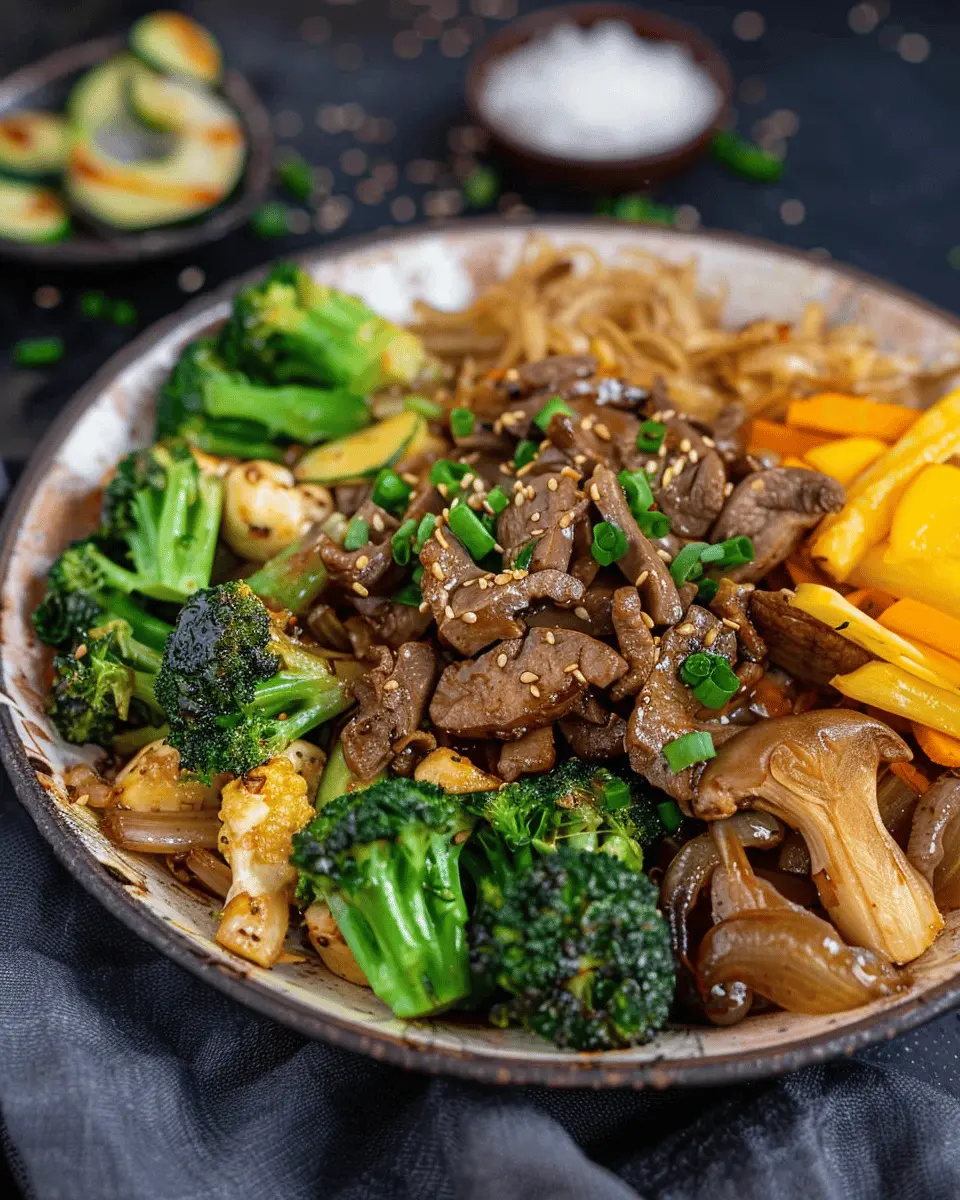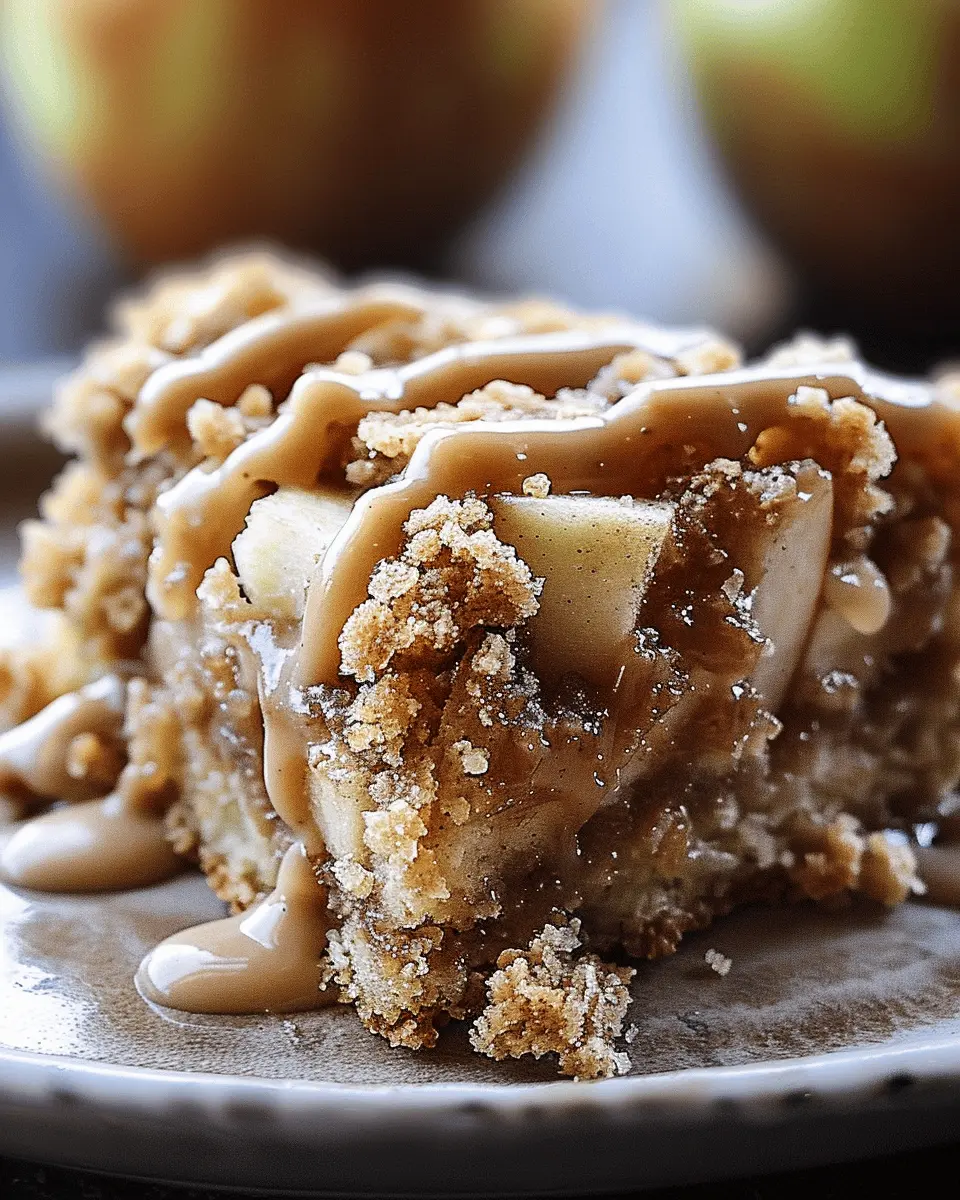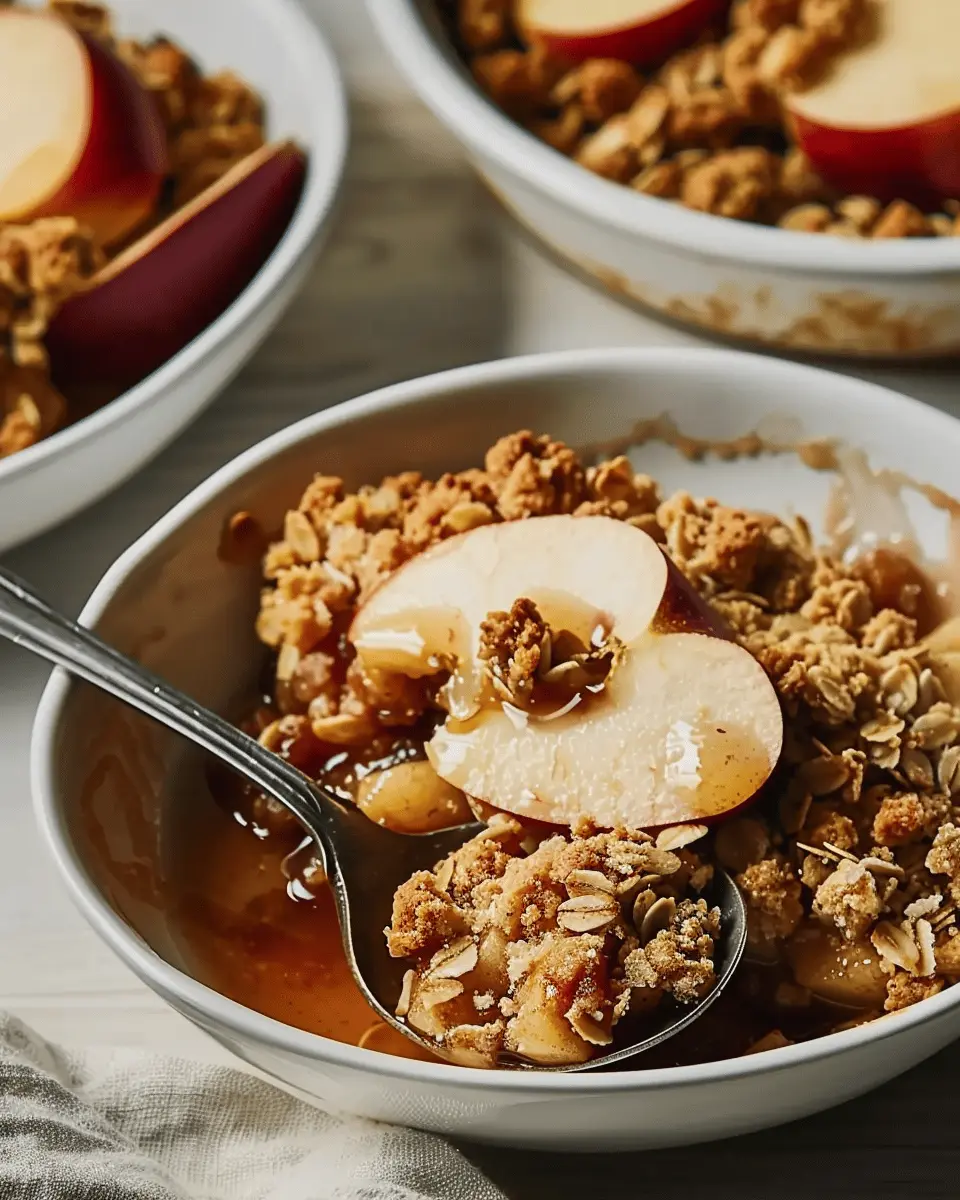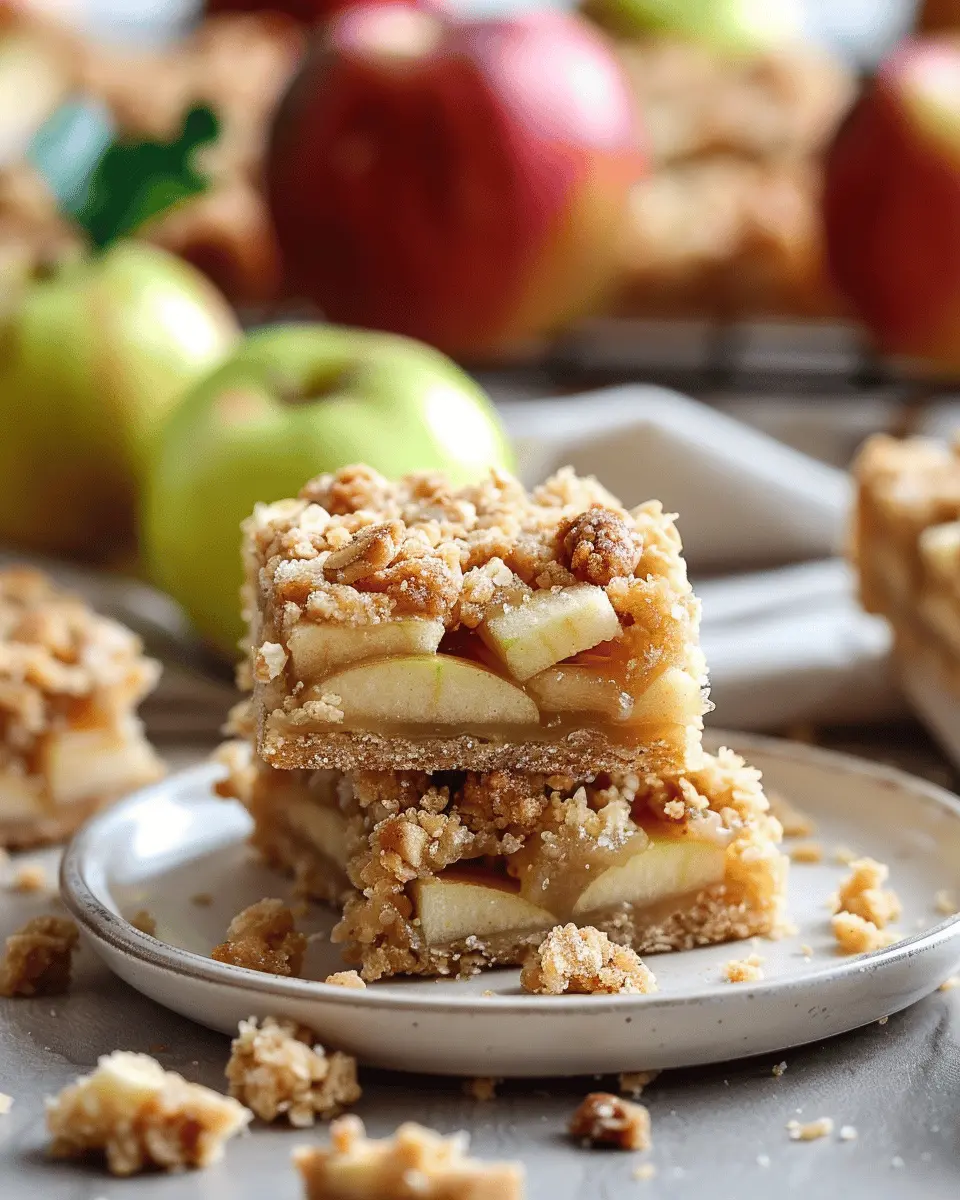Introduction to Hibachi Vegetables
When you think of hibachi, your mind might first drift to the sizzling sounds of marinated meats on a grill, the dancing flames, and perhaps the way the chef expertly tosses ingredients in the air. But let’s not overlook the star of the show: hibachi vegetables. These colorful, grilled delights are not only a tasty addition to your meal but also a smart choice for health-conscious eaters.
What Are Hibachi Vegetables, and Why Are They a Great Choice?
Hibachi vegetables are a medley of fresh, seasonal produce typically grilled alongside, or in place of, meats during the hibachi cooking process. Common choices include zucchini, bell peppers, onions, mushrooms, and broccoli. Each of these vegetables brings a unique flavor profile, enhancing not just your meal, but also the overall experience of dining al fresco or at your favorite hibachi restaurant.
But why are hibachi vegetables especially appealing? Here are a few reasons to consider adding them to your plate:
-
Nutritional Powerhouses: Packed with vitamins, minerals, and antioxidants, hibachi vegetables contribute to a balanced diet. For instance, broccoli is high in Vitamin C and fiber, while bell peppers are loaded with Vitamin A.
-
Low-Calorie Option: If you’re watching your waistline, veggies are your friend. A generous serving of hibachi vegetables can be both filling and low in calories, making it easier to enjoy a delicious meal without the guilt.
-
Versatile and Customizable: You can personalize your hibachi vegetables according to your preferences or seasonal availability. Feeling adventurous? Try adding snap peas or asparagus for a twist!
-
Quick Cooking: Grilling vegetables at high heat retains their flavor and nutrients while ensuring they’re cooked perfectly. Plus, if you’re busy (and who isn’t?), this method is quick and easy.
When planning your hibachi night, you might wonder how to elevate the flavor of your veggies. A simple marinade of soy sauce, garlic, and a splash of vinegar can work wonders. Additionally, don’t forget to check out resources like the USDA’s nutrition guidelines for incorporating more vegetables into your diet.
Ultimately, hibachi vegetables are a delightful and wholesome choice that can be enjoyed by everyone—whether you’re a regular at hibachi joints or looking to recreate that iconic experience at home. So, fire up that grill and let’s get cooking!
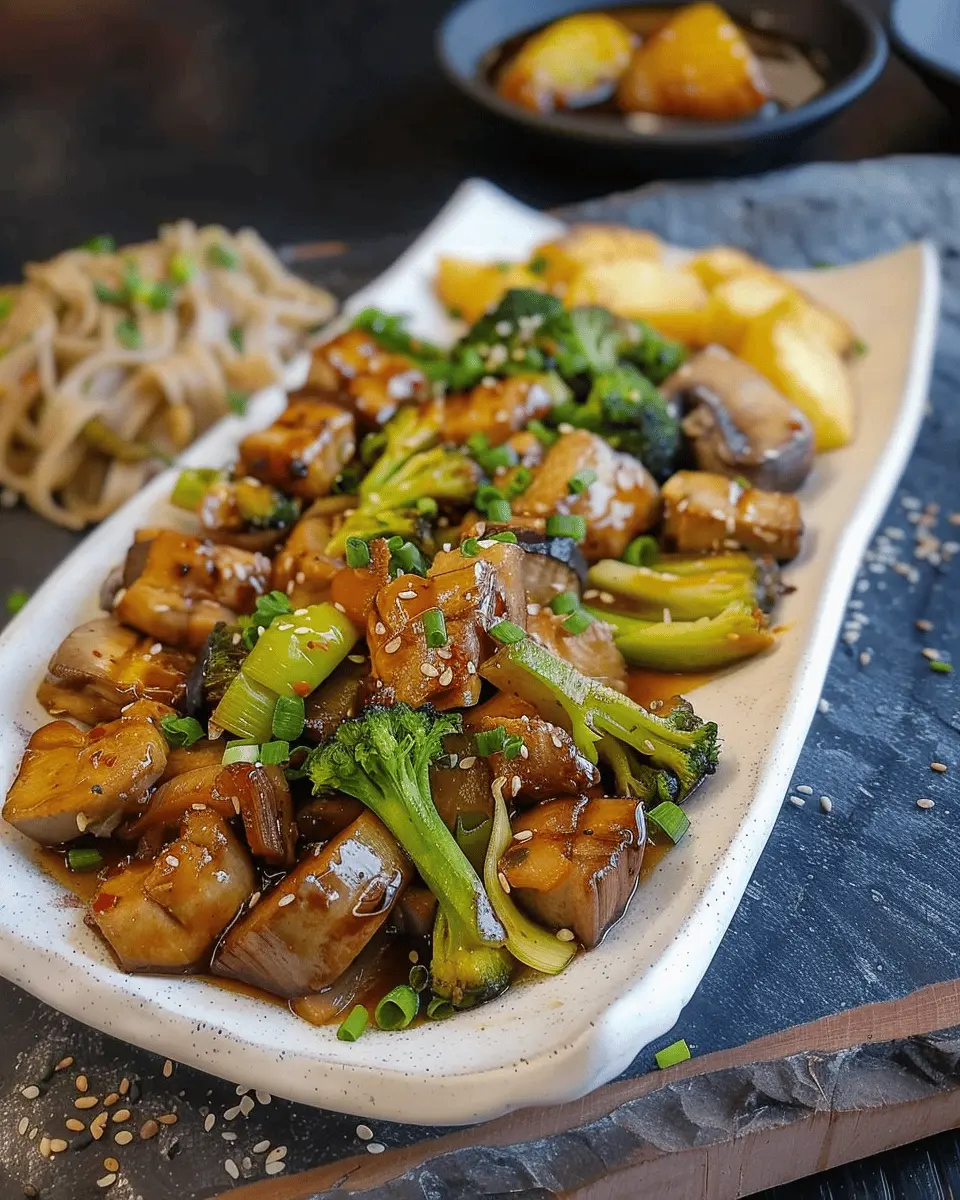
Ingredients for Hibachi Vegetables
Essential components for a delicious hibachi dish
When it comes to crafting the perfect hibachi vegetables, the right ingredients are vital for achieving that authentic flavor and delightful presentation. Here’s what you’ll need:
-
Fresh Vegetables: Incorporate a colorful mix of bell peppers, zucchini, mushrooms, and carrots. These not only add flavor but also provide essential nutrients. Organic vegetables can enhance flavor—check out your local farmers’ market for the best picks.
-
Soy Sauce: This classic ingredient adds a rich umami flavor. Opt for low-sodium varieties for a healthier option. Discover more about the benefits of different soy sauces on Healthline.
-
Sesame Oil: A splash of toasted sesame oil gives an added depth and nutty aroma to your dish.
-
Garlic and Ginger: These aromatics are essential for bringing out the bold flavors. Fresh or powdered works, but fresh certainly shines!
-
Green Onions: Chopped finely, they offer a refreshing crunch and mild sweetness.
Incorporate these ingredients, and you’ll be well on your way to preparing mouthwatering hibachi vegetables that could rival your favorite teppanyaki restaurant!
Preparing Hibachi Vegetables
When it comes to preparing hibachi vegetables, the process is not only simple but also a delightful way to elevate your home-cooked meal. You might find that with just a handful of fresh vegetables and a few pantry staples, you can create a dish that rivals your favorite hibachi restaurant. Let’s dive into the steps that’ll make your hibachi veggies shine on the plate!
Gather and Prepare the Ingredients
The first step to creating mouthwatering hibachi vegetables is gathering your ingredients. Here’s what you’ll need:
- Vegetables: Bell peppers, zucchini, broccoli, carrots, and onions are great choices. Feel free to mix in your favorites!
- Aromatics: Fresh garlic and ginger will add depth to the flavor.
- Oil and Butter: High smoke point oils such as canola or avocado oil and unsalted butter.
- Soy Sauce: A staple for seasoning.
- Optional Garnishes: Green onions and sesame seeds can add an extra touch.
Before you start cooking, make sure to wash and cut your vegetables into bite-sized pieces. This not only helps them cook evenly but also makes it easier to enjoy them with chopsticks later on!
Heat the Oil and Butter
Now that you have everything ready, it’s time to get cooking. In a large skillet or wok, heat about a tablespoon of oil over medium-high heat. If you have a flat-top griddle, that’s the ultimate choice for hibachi-style cooking! Once the oil is hot, add a tablespoon of butter. The fat will help the veggies achieve that lovely caramelization that you want.
Wondering how to know when the oil is ready? A quick test is to flick a drop of water into the pan. If it sizzles and evaporates immediately, you’re good to go!
Sauté Garlic and Ginger
With the oil and butter heated, it’s time to infuse your dish with aroma. Add minced garlic and ginger to the pan and sauté for about 30 seconds or until they’re fragrant. Keep in mind that garlic burns easily, so stay attentive and make sure not to let it get too dark. This step is what brings true hibachi flavors to your vegetables, creating a base that is simply irresistible.
Did you know that garlic isn’t just delicious? It’s also loaded with antioxidants and has been linked to several health benefits, including improved heart health. So when you’re cooking your hibachi vegetables, you’re also doing your body a favor!
Add and Cook the Vegetables
Once your kitchen smells incredible from the garlic and ginger, it’s time to add the vegetables. Toss them into the pan, ensuring they’re in a single layer for even cooking. Stir-fry for about 5-8 minutes or until they are tender but still crisp. You want to retain some of that natural crunch, which is crucial to making your vegetables feel fresh and vibrant.
Here’s a little tip: If you’re working with a large quantity of vegetables, it might be wise to cook them in batches. Overcrowding the pan can lower the temperature and cause steaming instead of sautéing.
Season and Serve
Now comes the fun part! Once your vegetables are perfectly cooked, drizzle soy sauce over them for that classic hibachi finish. Stir well to ensure every piece is coated. If desired, you can sprinkle some sesame seeds and chopped green onions on top for added flavor and flair.
Serve your hibachi vegetables hot right from the pan. Pair them with your choice of protein, like chicken ham or turkey bacon, or let them shine on their own as a delicious, plant-forward dish.
And there you have it—your simple guide to preparing scrumptious hibachi vegetables! For more flavor inspiration, check out Cooking Light for other veggie-packed recipes or dive into the world of hibachi cooking with articles from The Spruce Eats. Happy cooking!

Variations on Hibachi Vegetables
Creating hibachi vegetables at home is a fantastic way to enjoy this popular dish while personalizing it to your taste. Let’s explore some fun variations that can elevate your meal.
Adding Extra Protein Options
If you’re looking to make your dish even more filling, consider incorporating some protein. Here are a few delicious options:
- Chicken Ham: This turkey alternative adds a savory dimension without overpowering the veggies.
- Turkey Bacon: Crispy and flavorful, it can bring a delightful crunch to the dish.
- Tofu: For a vegetarian option, marinated tofu offers a protein boost while soaking up all the hibachi flavors.
- Shrimp: This seafood adds a touch of sweetness and pairs beautifully with the grilled taste of the vegetables.
When choosing your protein, think about cooking times to ensure everything finishes simultaneously for a harmonious meal.
Incorporating Different Vegetables
The versatility of hibachi vegetables is one of its best features. Customizing your veggie mix is a great way to add color and nutrition. Here are some tasty suggestions:
- Mushrooms: Shiitake or portobello mushrooms add an earthy flavor.
- Bell Peppers: These come in various colors and add a sweet crunch.
- Zucchini: Sautéed zucchini can add that perfect tender bite.
- Asparagus: These spears can bring a delightful snap and unique flavor.
Feel free to mix and match according to your preference or seasonal availability. The key is to keep the vegetables crisp and vibrant, which is the hallmark of any good hibachi dish.
For more on healthy cooking, check out resources like Nutrition.gov for expert advice and tips!
Cooking Tips and Notes for Hibachi Vegetables
Choosing the Right Pan
Using the right pan is essential to achieving that authentic hibachi flavor. A large, flat skillet or a cast-iron griddle works wonders for hibachi vegetables. They provide even surface heat, allowing for a beautiful sear. If you have a flat-top grill, that’s even better! Just make sure it’s preheated to high heat before adding your veggies.
Timing is Everything
When it comes to stir-frying hibachi vegetables, the key is timing. Cut your vegetables uniformly to ensure even cooking. Start with the harder vegetables, like carrots and broccoli, and add softer items like bell peppers and zucchini later in the process. This way, you achieve that perfect balance—the crunch of perfectly cooked veggies without the mush!
For additional tips on enhancing flavors, consider visiting cooking sites like Bon Appétit and Serious Eats. They’ll guide you in mastering delicious veggie dishes. Happy cooking!

Serving suggestions for Hibachi Vegetables
Pairing with rice or noodles
One of the best ways to enjoy hibachi vegetables is by serving them over a bed of rice or tossed with your favorite noodles. Whether you choose fluffy white rice, brown rice for added nutrition, or savory fried rice, each option enhances the flavors beautifully. For noodles, consider soba or udon for extra texture. A light drizzle of soy sauce can really elevate the dish, adding a delightful umami kick.
Making it a full meal
Want to turn your hibachi vegetables into a hearty meal? Add a protein source like grilled chicken, tofu, or even flavorful Turkey Bacon. You could also incorporate Chicken Ham for a savory twist. Not only does this boost the nutritional profile, but it also makes it more filling for those busy weeknights.
Don’t forget to sprinkle some sesame seeds or chopped scallions on top for a beautiful presentation—after all, we eat with our eyes first!
For more tips on versatile meal planning and recipe ideas, check out Food Network and Serious Eats.
Time Breakdown for Hibachi Vegetables
When you’re ready to whip up some delicious hibachi vegetables, understanding the timing can make all the difference. Here’s a quick breakdown to help you plan your cooking session seamlessly.
Preparation Time
Getting your ingredients prepped shouldn’t take long! Budget about 10 minutes for chopping the assorted vegetables—think zucchini, bell peppers, and onions. Having everything ready to go will ensure a smooth cooking experience.
Cooking Time
You’ll want to set aside around 15 minutes for the cooking itself. This allows the hibachi vegetables to achieve that beautiful char while remaining crisp and vibrant.
Total Time
In total, you’re looking at about 25 minutes from start to finish. In just half an hour, you can have a plate of vibrant, flavorful hibachi vegetables ready to impress your guests or enjoy for yourself!
For more tips on meal preparation, check out resources like Healthline for excellent advice on nutrition and cooking efficiency!
Nutritional Facts for Hibachi Vegetables
If you’re looking to enjoy a delicious and healthy meal, hibachi vegetables are a fantastic choice! Not only are they bursting with flavor, but they also pack a nutritional punch.
Calories
In a typical serving of hibachi vegetables, you’re looking at approximately 100 calories. This makes them a perfect side dish or even a star in your vegetarian meal lineup without weighing you down.
Carbohydrates
These vibrant veggies are low in carbohydrates, averaging around 15 grams per serving. This is great news if you’re watching your carb intake, as they offer satisfying crunch without the guilt.
Vitamins and Minerals
Hibachi vegetables are rich in essential vitamins and minerals! You’ll find:
- Vitamin C for immune support
- Vitamin A for healthy eyesight
- Potassium to help regulate blood pressure
Want to dive deeper? Check out NutritionData to explore specific veggie nutrient profiles. Embrace these colorful veggies and elevate your next meal!
FAQs about Hibachi Vegetables
Can I make hibachi vegetables vegan?
Absolutely! One of the great aspects of hibachi vegetables is their versatility. To make them vegan, simply omit any animal-based ingredients, such as butter or meat-based sauces. Instead, use vegetable oil or a vegan butter substitute for sautéing. You can enhance the flavor with ingredients like sesame oil or coconut aminos, both of which can be found in most grocery stores. For a little kick, consider adding soy sauce or a splash of lemon juice for brightness.
What can I substitute for soy sauce?
If soy sauce is not your thing or you’re avoiding gluten, there are plenty of alternatives! Here are some excellent substitutes:
- Tamari: This is a soy sauce alternative that is often gluten-free.
- Coconut aminos: This sauce has a similar taste with less sodium and is perfect for those avoiding soy.
- Liquid aminos: Derived from soybeans, it offers a flavor profile close to soy sauce but is gluten-free.
Exploring these options can really elevate your hibachi vegetables, ensuring they are as flavorful as they are nutritious.
How can I store leftover hibachi vegetables?
Storing leftover hibachi vegetables is straightforward! Allow them to cool to room temperature, then transfer them into an airtight container. They can be kept in the fridge for up to 3 days. If you want to freeze them, just make sure to use a freezer-safe container. When reheating, a quick toss in a pan or microwave will help restore their great taste and texture.
For more tips on plant-based cooking, check out Food Network’s guide on storage techniques. Getting the most out of your meals just makes sense!
Conclusion on Hibachi Vegetables
Recap and Encouragement to Try the Recipe
In summary, hibachi vegetables deliver a delightful blend of flavors and textures, making them a perfect side dish or a healthful addition to any meal. The simplicity of the preparation allows the fresh produce to shine, and you can easily customize it to suit your tastes. Whether you’re a busy young professional or someone looking for a quick meal option, this recipe is a must-try.
So, why not gather your favorite veggies and give this hibachi method a shot? Imagine the enticing aromas filling your kitchen as you recreate this restaurant favorite. Check out this resource on fresh vegetables for more ideas on how to incorporate more greens into your diet! Happy cooking!
PrintHibachi Vegetables: Easy Stir-Fried Delight for Home Cooks
Hibachi Vegetables are a delightful stir-fried dish that brings the flavors of Japanese cuisine right to your home kitchen. Perfect for those craving a quick and healthy meal!
- Prep Time: 10 minutes
- Cook Time: 10 minutes
- Total Time: 20 minutes
- Yield: 4 servings 1x
- Category: Vegetarian
- Method: Stir-frying
- Cuisine: Japanese
- Diet: Vegan
Ingredients
- 2 cups broccoli florets
- 1 cup sliced bell peppers
- 1 cup zucchini, sliced
- 1 cup carrots, julienned
- 3 tablespoons soy sauce
- 2 tablespoons sesame oil
- 2 cloves garlic, minced
- 2 teaspoons fresh ginger, grated
- 1 tablespoon sesame seeds
Instructions
- Heat sesame oil in a large skillet over medium-high heat.
- Add minced garlic and grated ginger, sautéing until fragrant.
- Add the broccoli and carrots, cooking for about 3 minutes.
- Stir in the bell peppers and zucchini, cooking for an additional 5 minutes.
- Pour in the soy sauce, tossing the vegetables until well coated.
- Sprinkle sesame seeds over the top before serving.
Notes
- For added protein, consider including tofu or chicken.
- Adjust the amount of soy sauce to taste if you prefer a less salty flavor.
Nutrition
- Serving Size: 1 cup
- Calories: 150
- Sugar: 3g
- Sodium: 600mg
- Fat: 10g
- Saturated Fat: 1g
- Unsaturated Fat: 9g
- Trans Fat: 0g
- Carbohydrates: 15g
- Fiber: 5g
- Protein: 5g
- Cholesterol: 0mg
Keywords: Hibachi, Vegetables, Stir-Fried, Easy, Home Cooking
